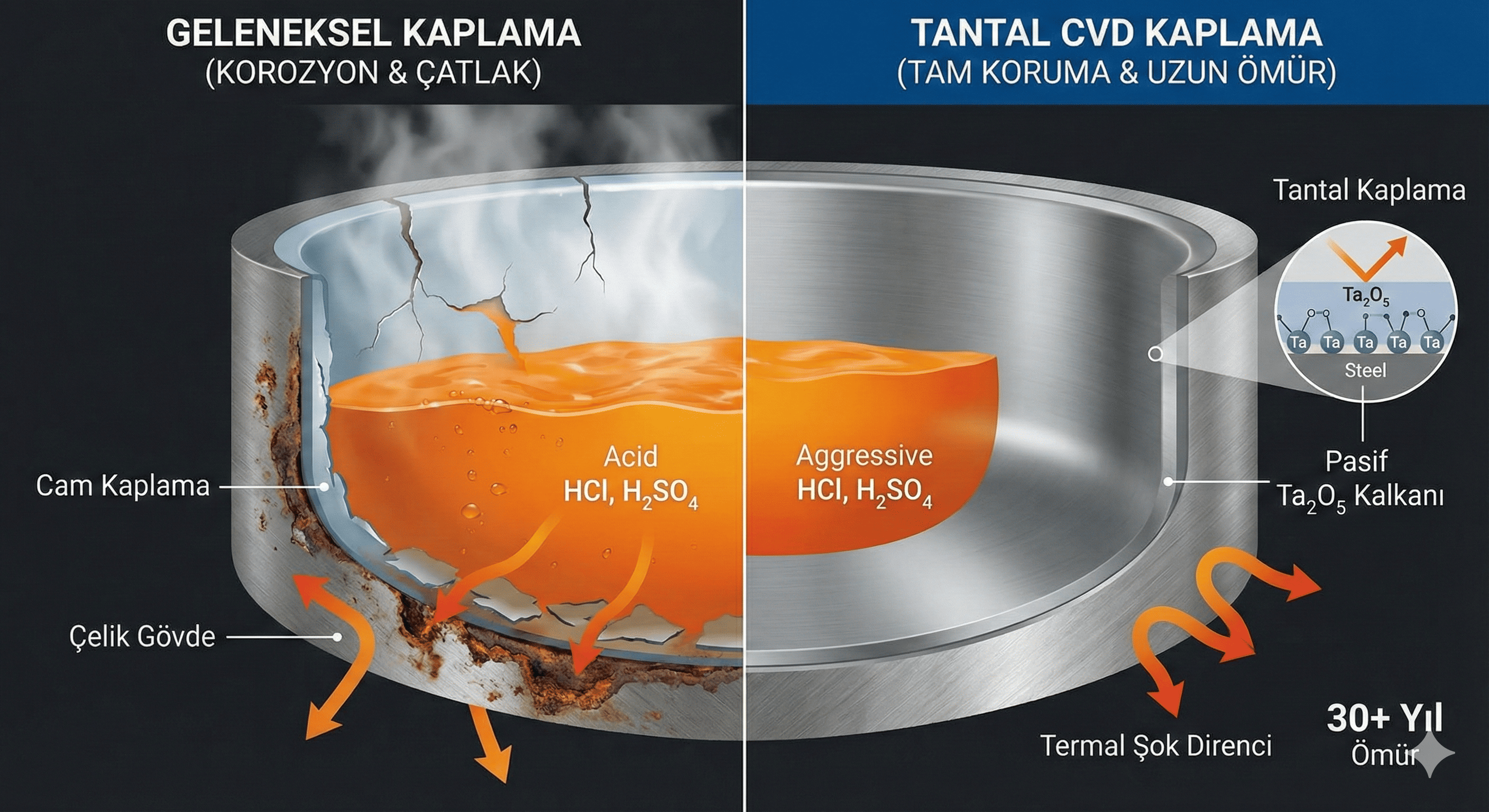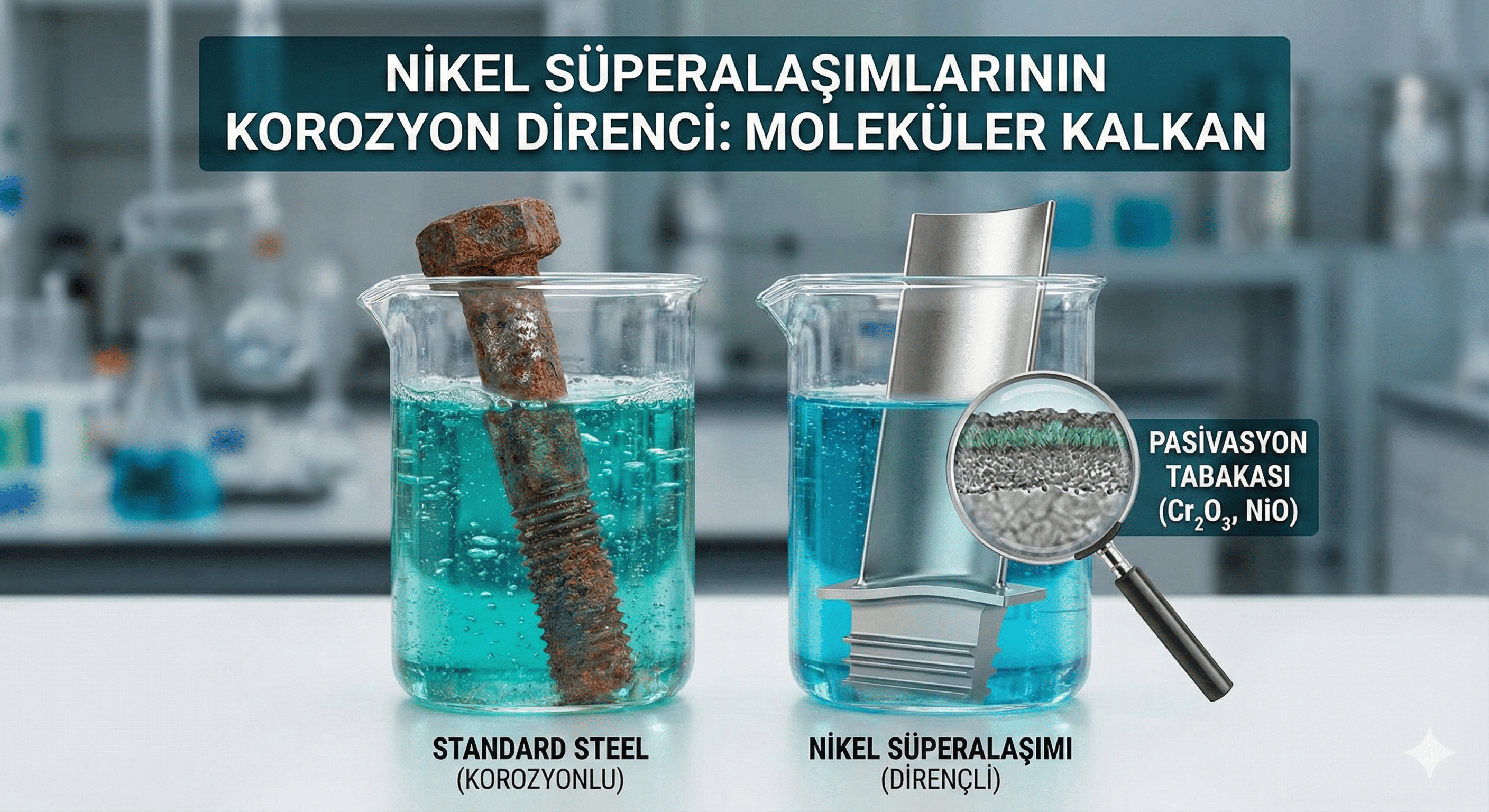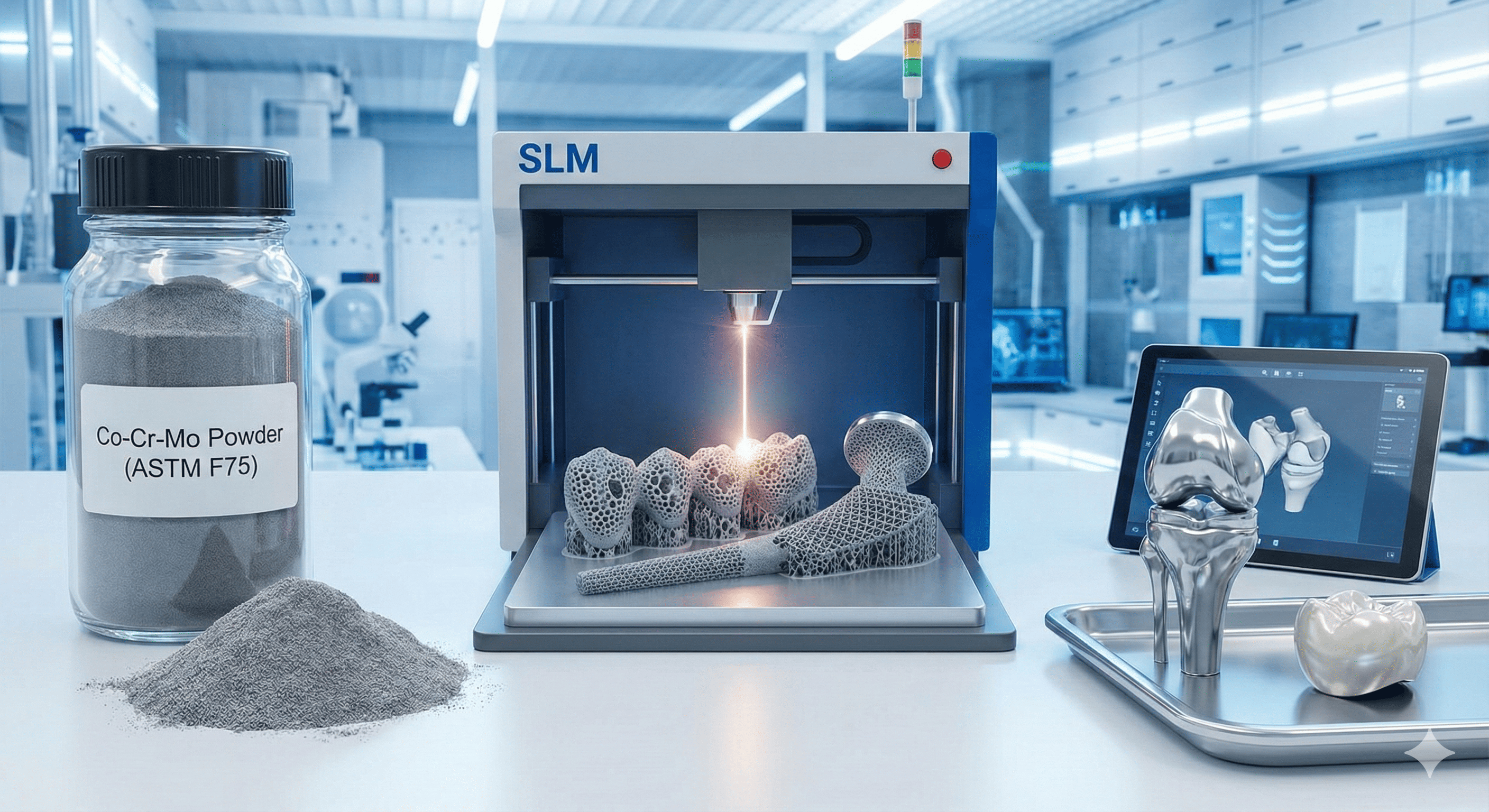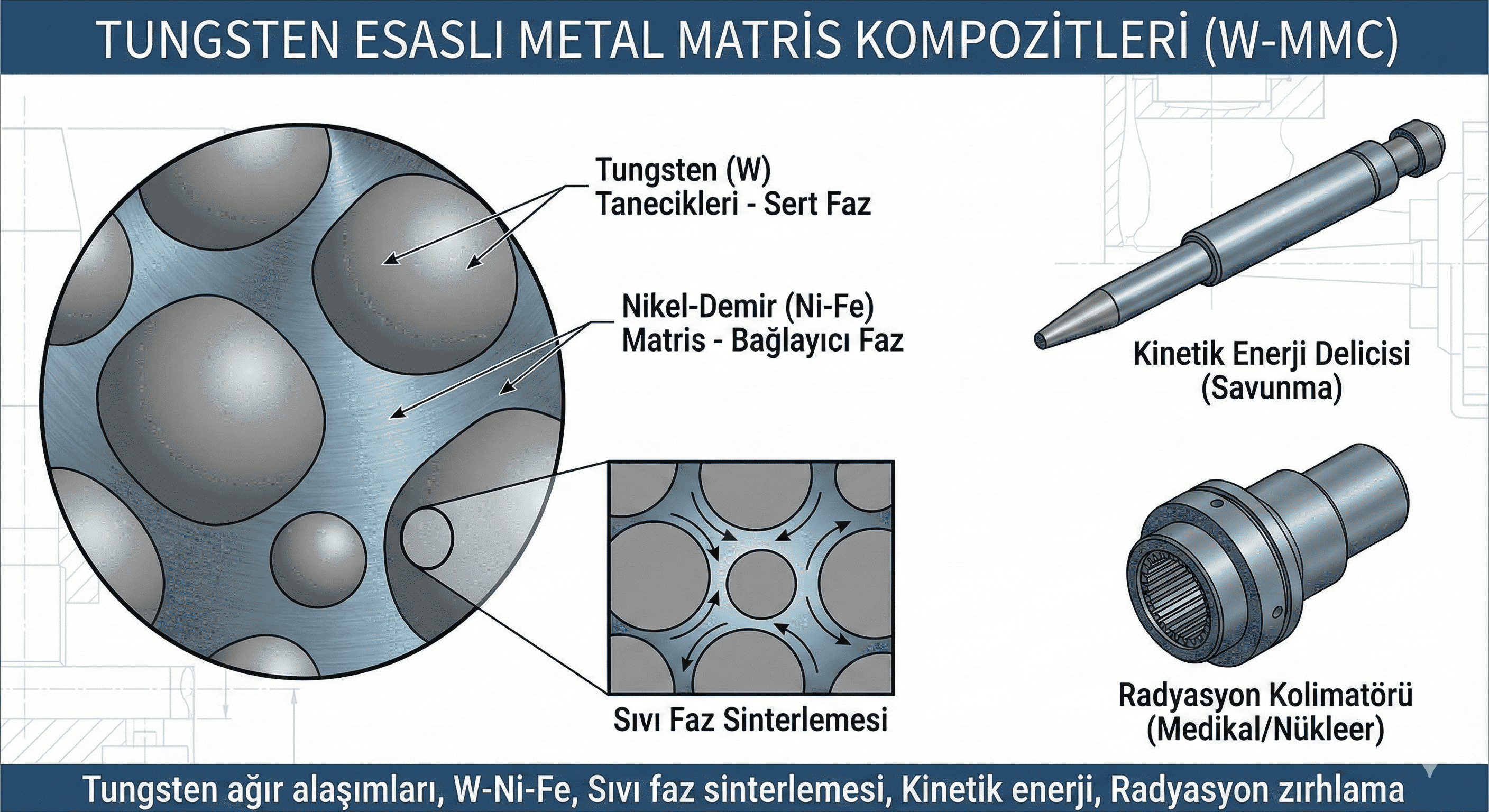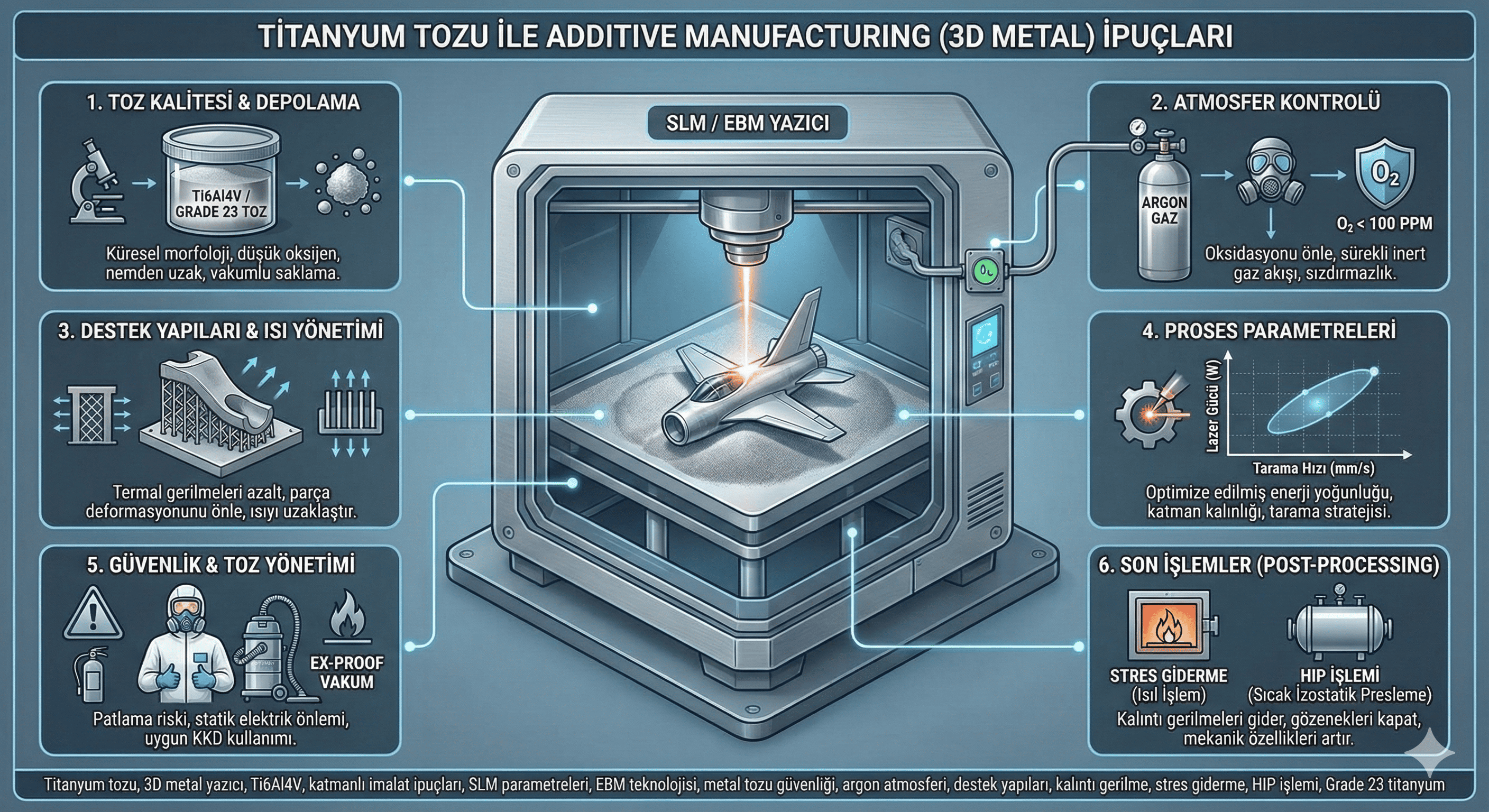Gadolinium Fluoride Nanopowder: Properties, Synthesis, and Applications
Introduction
Gadolinium fluoride nanopowder (GdF³) is a high-performance material known for its unique optical and electronic properties. As a nanopowder, gadolinium fluoride exhibits enhanced characteristics compared to its bulk form, making it valuable in various technological and scientific applications. This article delves into the properties, synthesis methods, and diverse applications of gadolinium fluoride nanopowder.
What is Gadolinium Fluoride Nanopowder?
Gadolinium fluoride nanopowder consists of gadolinium fluoride particles with dimensions in the nanometer range, typically between 1 and 100 nanometers. This form of gadolinium fluoride is prized for its improved surface area, reactivity, and performance in various applications compared to bulk gadolinium fluoride.
Properties of Gadolinium Fluoride Nanopowder
- Chemical Formula: GdF³
- Appearance: White or off-white powder
- Density: Approximately 6.6 g/cm³ (bulk form); nanopowder density can vary based on particle size and porosity.
- Melting Point: Around 1,500°C (2,732°F)
- Optical Properties: Gadolinium fluoride nanopowder has excellent optical properties, including high transparency and low absorption in the visible and near-infrared regions. It is used in various optical devices due to these characteristics.
- Magnetic Properties: Gadolinium fluoride has weak magnetic properties compared to other gadolinium compounds but may exhibit certain magnetic behaviors depending on particle size and environmental conditions.
- Surface Area: The nanopowder form has a significantly higher surface area compared to bulk material, which enhances its reactivity and interaction with other substances.
Synthesis of Gadolinium Fluoride Nanopowder
Several methods are employed to synthesize gadolinium fluoride nanopowder, each providing control over particle size, purity, and morphology:
- Co-precipitation Method:
- Process: Gadolinium salts and fluoride sources are mixed in a solution and precipitated using a suitable precipitating agent. The precipitate is then filtered, washed, dried, and calcined to form gadolinium fluoride nanopowder.
- Advantages: Simple and cost-effective with good control over particle size.
- Challenges: Requires careful control of reaction conditions to avoid agglomeration and ensure uniformity.
- Hydrothermal Synthesis:
- Process: Involves the reaction of gadolinium salts and fluoride sources in a high-temperature and high-pressure aqueous solution. The resulting gadolinium fluoride is then purified and processed into nanopowder.
- Advantages: Can produce highly crystalline and uniform nanoparticles.
- Challenges: Requires specialized equipment and precise control over reaction parameters.
- Sol-Gel Method:
- Process: Uses a sol (colloidal suspension) of gadolinium and fluoride precursors, which is converted into a gel. The gel is dried and calcined to obtain gadolinium fluoride nanopowder.
- Advantages: Allows for precise control over particle size and composition.
- Challenges: Complexity in processing and need for precise control of sol-gel conditions.
- Chemical Vapor Deposition (CVD):
- Process: Gadolinium and fluoride precursors are vaporized and chemically deposited onto a substrate to form gadolinium fluoride nanopowder.
- Advantages: Produces high-purity and high-quality nanopowder.
- Challenges: High cost and complexity of the process.
- Ball Milling:
- Process: Mechanical milling of gadolinium fluoride to reduce particle size to the nanometer range.
- Advantages: Simple and effective for large-scale production.
- Challenges: May lead to particle agglomeration and require additional processing.
Applications of Gadolinium Fluoride Nanopowder
- Optical Devices:
- Application: Used in optical coatings, lenses, and lasers due to its high transparency and low absorption in the visible and near-infrared regions. Gadolinium fluoride’s optical properties enhance the performance of these devices.
- Phosphors and Luminescence:
- Application: Employed in the manufacture of phosphors for display technologies and lighting. Gadolinium fluoride nanopowder contributes to the brightness and efficiency of luminescent materials.
- Electronics:
- Application: Incorporated into electronic devices such as semiconductors and capacitors. Its unique properties are utilized to improve device performance and reliability.
- Medical Imaging:
- Application: Investigated for use in imaging techniques due to its optical properties. Gadolinium fluoride nanoparticles can enhance contrast in imaging systems.
- Catalysis:
- Application: Used as a catalyst or catalyst support in various chemical reactions. The high surface area of nanopowder enhances catalytic activity and selectivity.
Handling and Safety
- Protective Equipment: Use personal protective equipment such as gloves, safety goggles, and masks to prevent inhalation or contact with gadolinium fluoride nanopowder.
- Storage: Store in airtight containers to avoid moisture absorption and contamination.
- Ventilation: Work in a well-ventilated area or under a fume hood to minimize exposure to airborne particles.
Challenges and Considerations
- Cost: The synthesis of gadolinium fluoride nanopowder can be expensive due to the cost of gadolinium and the complexity of synthesis methods.
- Environmental Impact: The environmental impact of processing rare earth materials like gadolinium should be considered, with efforts toward sustainable practices and recycling.
- Health and Safety: Proper handling and safety measures are essential to mitigate health risks associated with nanopowders.
Conclusion
Gadolinium fluoride nanopowder is a valuable material with a wide range of applications in optics, electronics, and catalysis. Its unique properties at the nanoscale offer enhanced performance in various technological and scientific fields. Ongoing research and advancements in synthesis methods continue to expand its potential uses and improve its production efficiency. Addressing challenges related to cost, environmental impact, and health safety will be crucial to maximizing the benefits of gadolinium fluoride nanopowder in future applications.
Feel free to adjust or expand upon this article to better fit your specific needs or focus areas!

